
SHAH ALAM: The Royal Thai Navy (RTN) has taken delivery of the first out of seven Dornier Do 228 surveillance aircraft upgraded under the US Maritime Security Initiative (MSI). Yes its the same programme which funded RMAF upgrade of its CN-235 MSA and the RMN ScanEagle UAS.
The first aircraft arrived at the RTN Wing 1, Naval Aviation Division at Ban Chang District in Rayong Province located in eastern Thailand. The 228 was flown to Ruag Aerospace Services facility in Germany with another example in early 2021 to undergo the upgrading process.
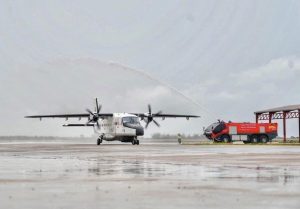
The US government in 2020 awarded a $40.2 million contract to RUAG to upgrade the mission suite and avionics systems of seven RTN Dornier Do 228 reconnaissance aircraft. The upgraded aircraft – already some 20 years old – are expected to be use for another 15 and 20 years.
The upgrade involved the installation the Telephonics RDR 1550B surface water and weather radar and FLIR Systems Star SAFIRE II Electro-Optical/Infrared (EO/IR) turret under the fuselage. This will allow the fleet to to carry out intelligence, surveillance and reconnaissance missions and to create a Common Operation Picture maps.
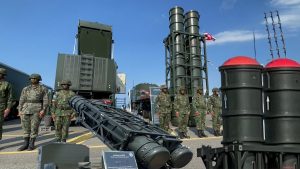
Late in January, RTN also displayed its first China-made FK-3 air defence system stationed in Chonburi province also located in eastern Thailand. According to Janes,
the FK-3 is the export variant of the CASIC’s HQ-22 medium- to long-range semi-active radar homing/radio command guidance air-defence system. It retains the domestic version’s top speed of Mach 6, although its maximum range of 100 km is significantly shorter than the Chinese HQ-22’s maximum range of 170 km.
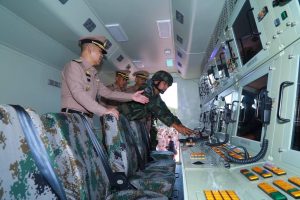
RTN took delivery of the air defence system – comprising of one command and radar vehicle eacha and three transporter-erector vehicles. RTN is seeking three more battalion of FK-3 air defence system.
— Malaysian Defence
If you like this post, buy me an espresso. Paypal Payment

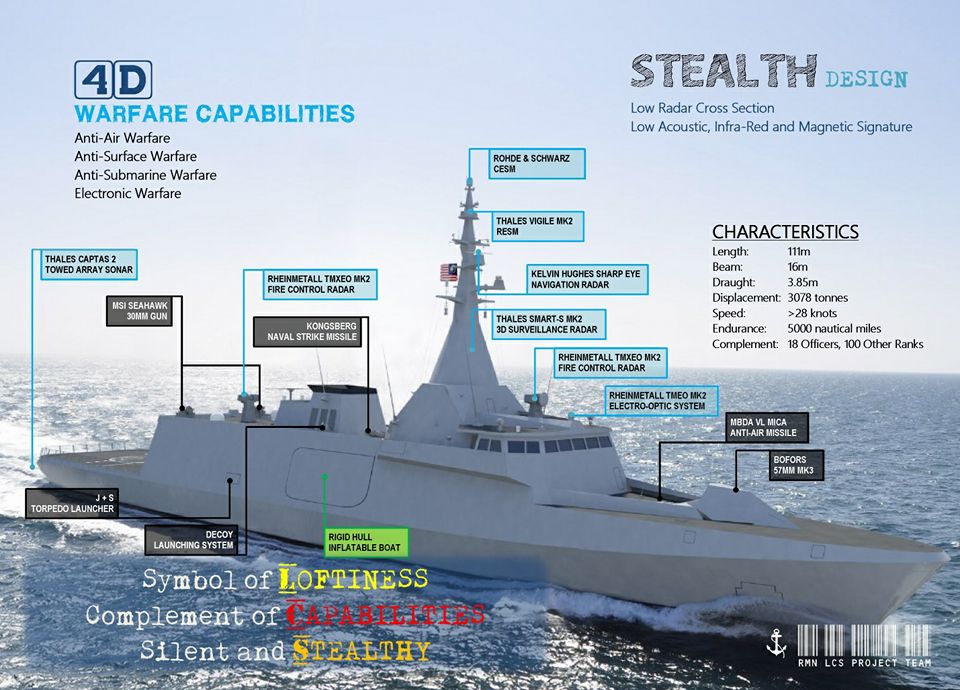
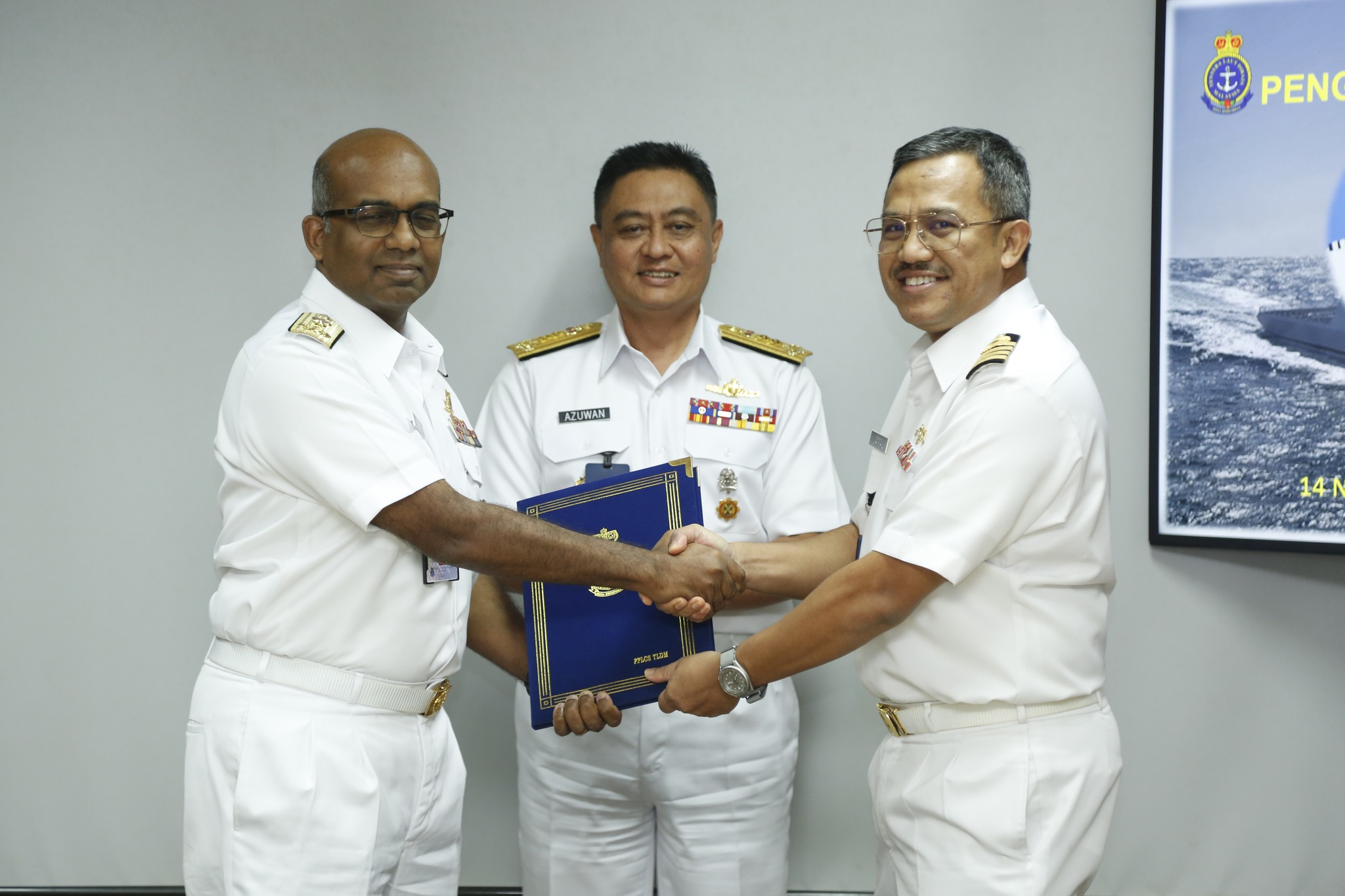
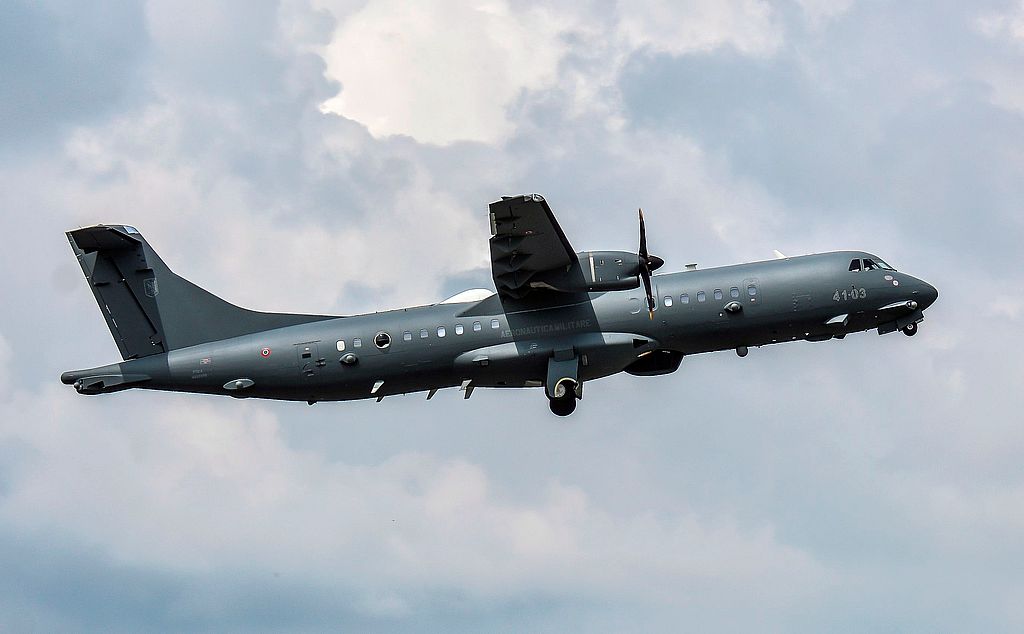
RMAF is notorious for completely not bothering to record and celebrate important dates in their history, unlike other air forces.
aircraft suddenly arrives without any celebration
aircraft suddenly retires without any celebration
Woah, Thai has FK-3? That thing looks formidable.
darren,
Perhaps you should check your facts before making false claims. Nothing arrives ”suddenly”
and even if you may be unware everything which arrives has some form of ”celebration’ [to quote you] or ceremony.
Guess the Thai ain’t getting the f35 then with them having FK-3 already?
Perhaps
Zaft – ”Guess the Thai ain’t getting the f35 then with them having FK-3 already?”
It’s a completely different situation with the Turks.
Turkey’s AD networked is tied in to NATO’s IADS on the ‘southern flank’ and the S-300/400 would have to be integrated to the NATO network or IADS which in turn would require the sharing of source and object codes which in turn could lead to security issues…
The situation is different as we have no idea if the Thais operate the FK-3 as a stand alone system or as part of their existing IADS. Even if they integrate it to their existing IADS it does not involve the sharing any codes or software which would compromise anything which has the remotest connection to NATO as Thailand is not part of NATO; nor is its IADS tied in to NATOs …
zaft – ”Tejas isn’t bad”
No platform which has entered service with an air arm can be described as ‘bad’ per see.
“The situation is different as we have no idea if the Thais operate the FK-3 as a stand alone system or as part of their existing IADS. Even if they integrate it to their existing IADS it does not involve the sharing any codes or software which would compromise anything which has the remotest connection to NATO as Thailand is not part of NATO; nor is its IADS tied in to NATOs”
Even without integration, the simple fact that Russians would have access to radar return data from a Russian (or any) radar that is in position to regularly attempt detection or interrogation of the F-35, whether with the Turks’ knowledge or not, is bound to be problematic. The same problem of Russian access would only be amplified if one were to integrate Russian and US assets into the same information distribution networks. Theoretically, having the S-400 can be a problem even without the F-35 being involved.
You can have Ukrainian MiGs firing off US missiles or Singapore’s M113s launching Iglas, because Russians are not being involved in the “integration” work (I use this term loosely because the weapons themselves may well be carried and fired on a stand alone basis) or given access to the data collected.
AM – ”Theoretically, having the S-400 can be a problem even without the F-35 being involved.”
I was merely presenting the main issue; that of integrating in to the NATO network/IADS and why Thailand operating a Chinese system will not present the same set of problems as encountered with Turkey. As you pointed out there are other issues at play.
AM – ‘Ukrainian MiGs firing off US missiles or Singapore’s M113s launching Iglas’
Technically yes and no. A U.S. missile fired from a non U.S. platform will still work but on paper the U.S. platform might have the advantage of having the needed ECM to counter certain aspects of a SARH or ARH fired at it. Also, integrating a Russian AAM to a Western platform’s radar/mission computer and vice versa is a less demanding endeavour than doing so with a SAM which has to be made to talk to a network which is completely incompatible. Note that the Ukrainians with U.S. help were able to integrate HARM to existing Russian sourced aircraft and the Iranians have also been able to integrate various things through trial, error, luck and persistence without any help from the OEM.
A Russian MANPAD or any MANPAD for that matter will work irrespective of what it’s fired at and the main challenge [not a major one] will be equipping the launcher with a compatible IFF transponder to prevent a ”blue on blue”.
Ukraine arent the only ones integrating US ordnance to Russian planes. No need to look far even:
https://www.malaysiandefence.com/pylons-for-the-flankers/
No they aren’t the only one but for brevity I only included the Ukrainian example. There is a long list of other stretching back years who have integrated various stuff with and without official help.